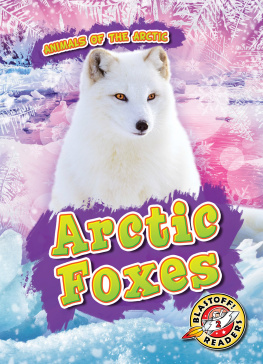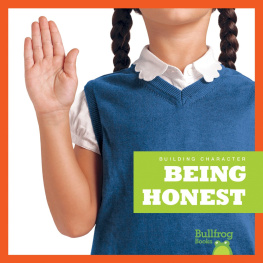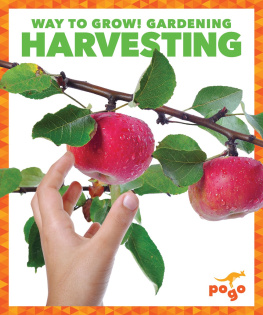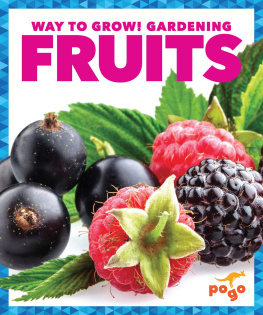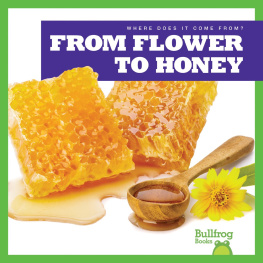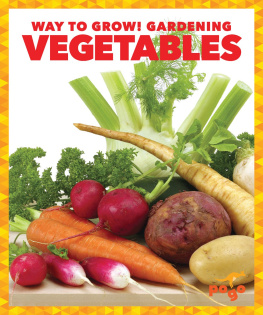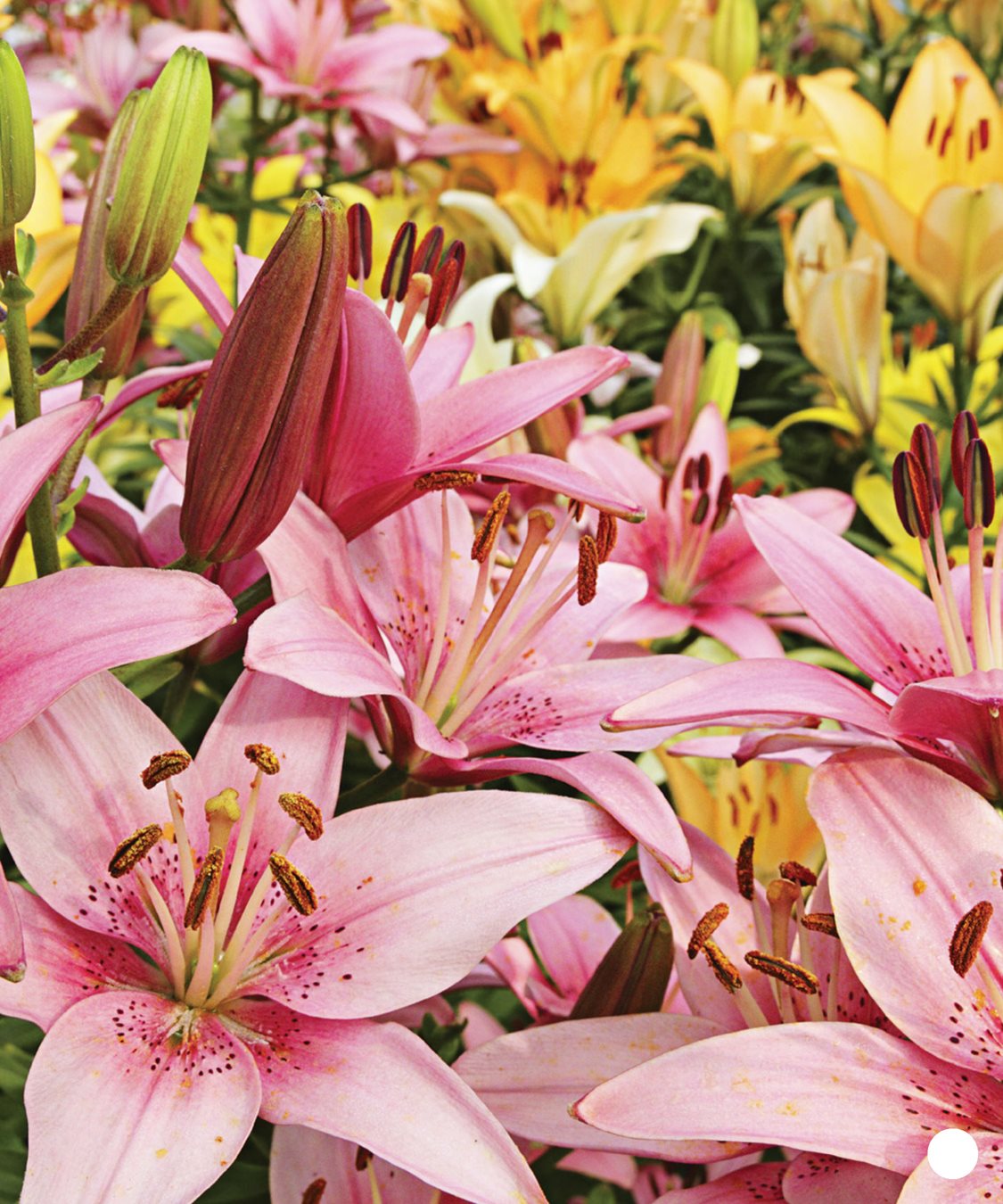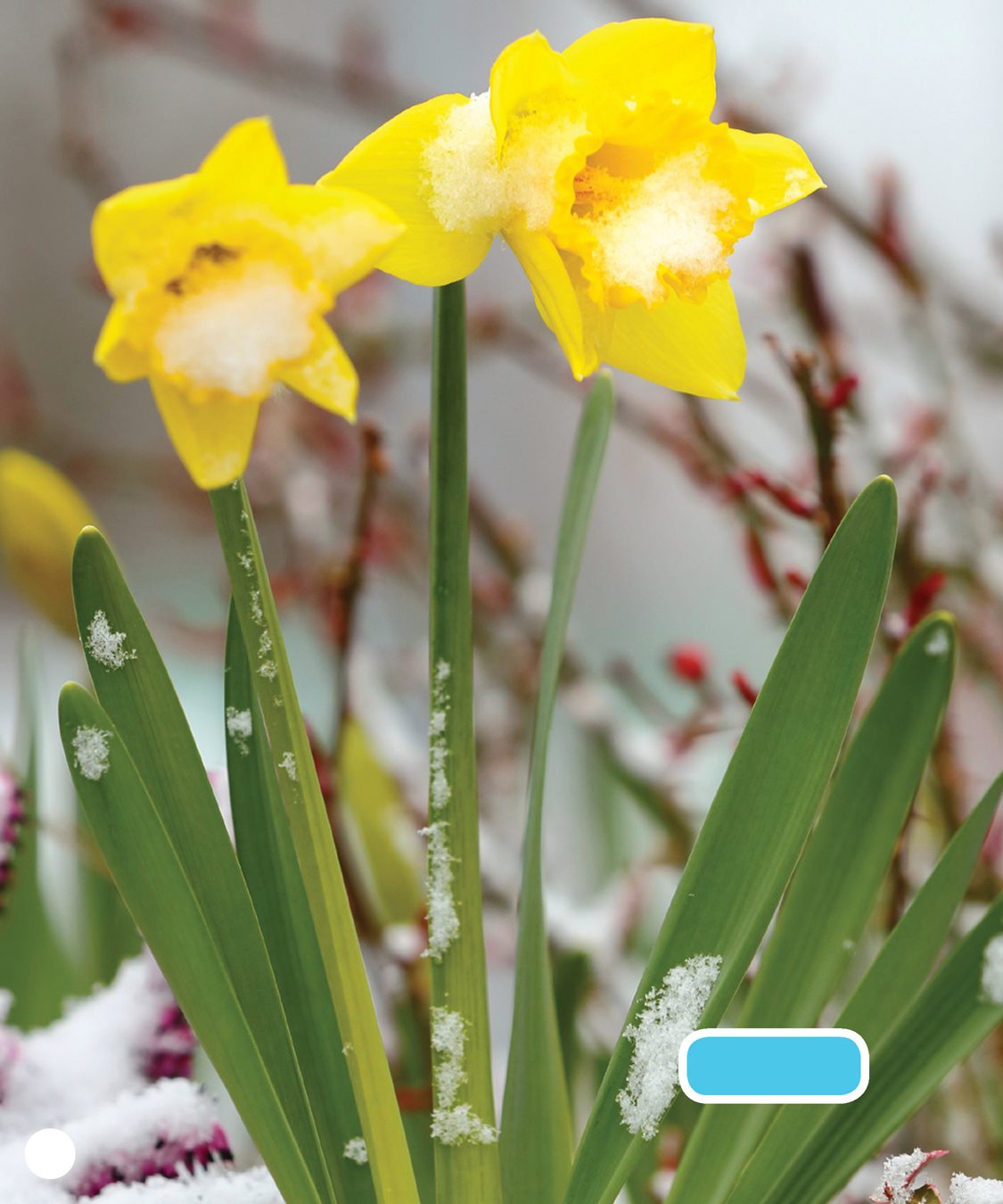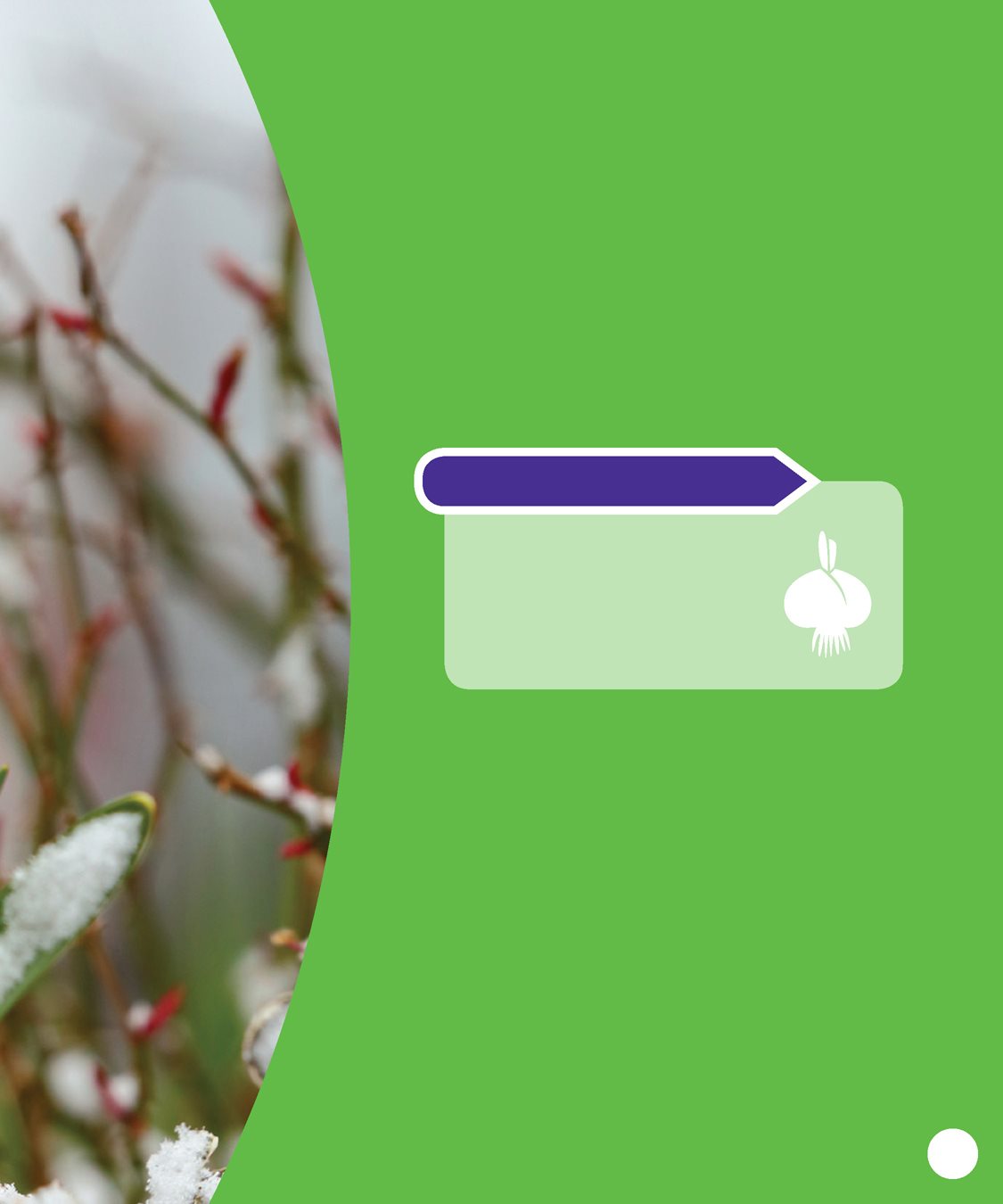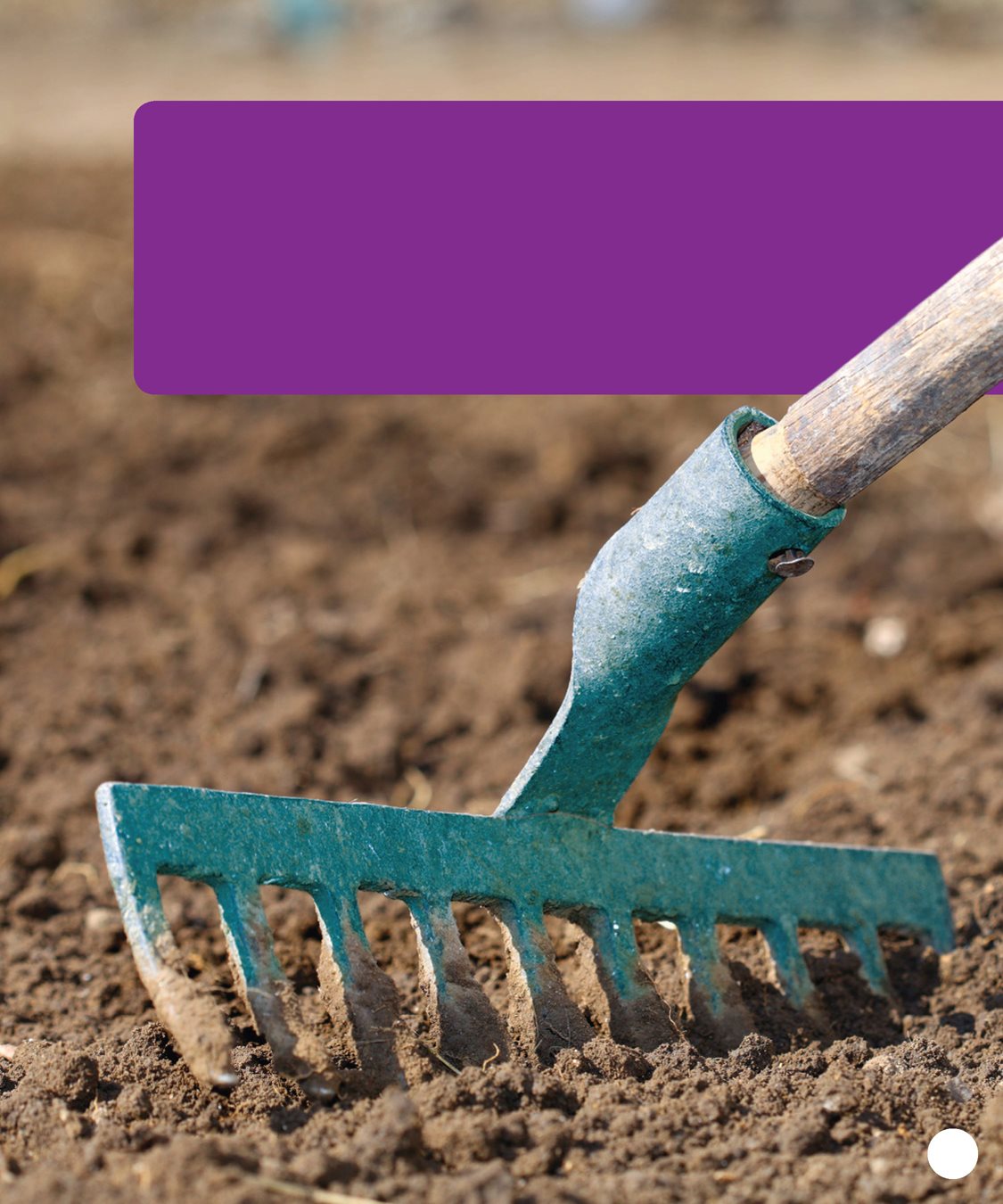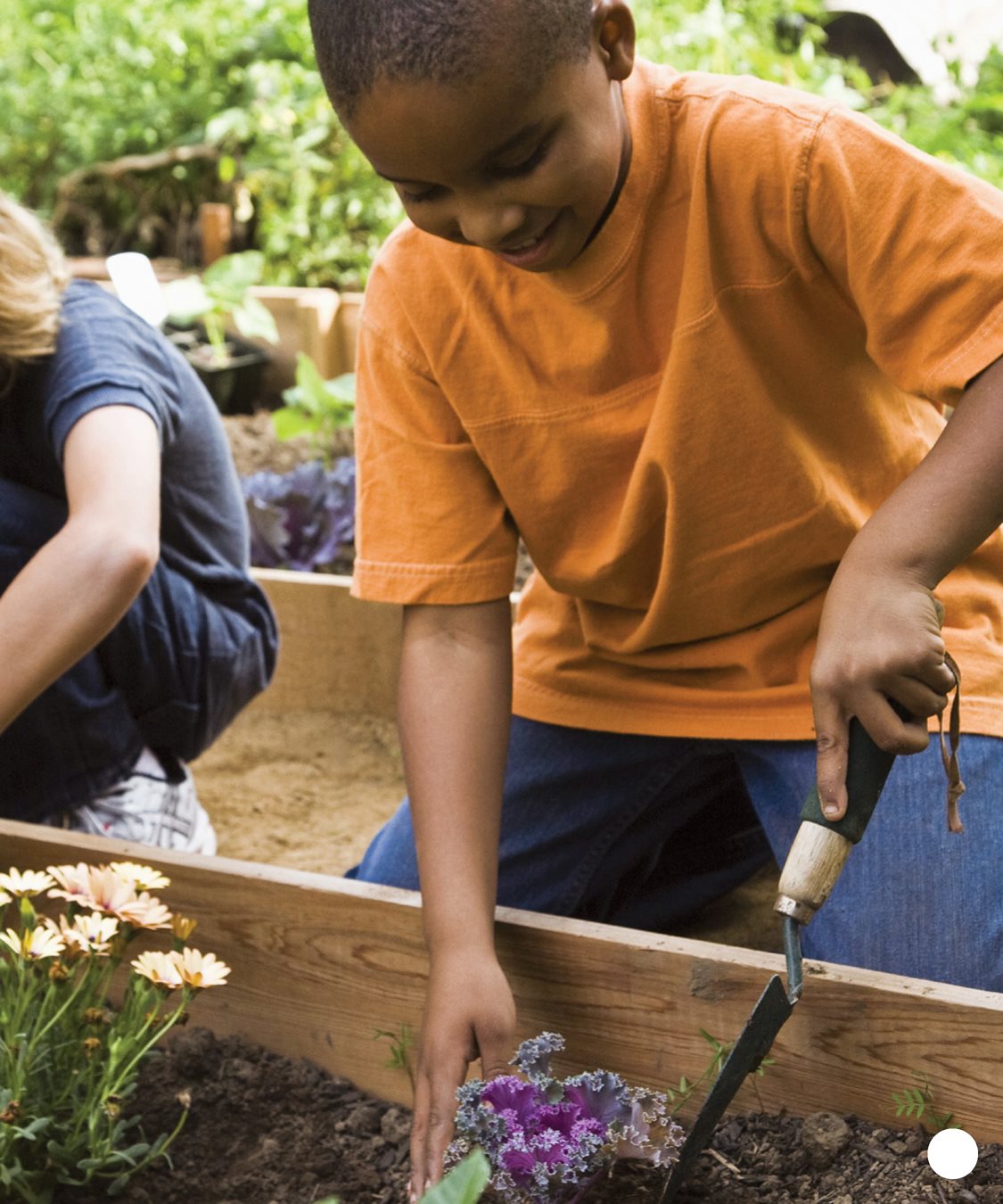Ideas for Parents
and Teachers
Pogo Books let children practice
reading informational text while
introducing them to nonfiction
features such as headings, labels,
sidebars, maps, and diagrams,
as well as a table of contents,
glossary, and index. Carefully leveled text with
a strong photo match offers
early fluent readers the support
they need to succeed.
Before Reading
Walk through the book and
point out the various nonfiction
features. Ask the student what
purpose each feature serves. Look at the glossary together.
Read and discuss the words.
Read the Book
Have the child read the book
independently.
Invite him or her to list questions
that arise from reading.
After Reading
Discuss the childs questions.
Talk about how he or she might
find answers to those questions. Prompt the child to think more.
Ask: What is your favorite flower?
Have you ever grown flowers
yourself? Pogo Books are published by Jump!
5357 Penn Avenue South
Minneapolis, MN 55419
www.jumplibrary.com Copyright 2016 Jump!
International copyright reserved in all countries.
No part of this book may be reproduced in any form
without written permission from the publisher. Library of Congress Cataloging-in-Publication Data Pettiford, Rebecca, author. Flowers / by Rebecca Pettiford. (Way to grow! Gardening) Includes index. (Way to grow! Gardening) Includes index.
ISBN 978-1-62031-231-5 (hardcover: alk. paper) ISBN 978-1-62496-318-6 (ebook) 1. Flower gardeningJuvenile literature. 2. Flowers Juvenile literature. Title. II. II.
Series: Pettiford, Rebecca. Way to grow! Gardening. SB406.5.P485 2015 635.9dc23 2015000276 Series Editor: Jenny Fretland VanVoorst
Series Designer: Anna Peterson
Photo Researcher: Anna Peterson Photo Credits: All photos by Shutterstock except: Getty,
; Thinkstock,
. Printed in the United States of America at
Corporate Graphics in North Mankato, Minnesota.
TABLE OF CONTENTS
CHAPTER
COLOR YOUR
GARDEN
Flowers add color to a garden.
They smell good, too! 4 CHAPTER 1
What flowers do you like? Tulips in spring?
Sunflowers in summer?
Marigolds in fall? You have many choices.
Where do you start? CHAPTER 1
First, decide what you want
to plant. Some flowers need
sun.
Others need shade. Find a space in your garden
where your flowers will get
the light they need.
DID YOU KNOW?
Many insects and birds
like flowers. If you want
to see butterflies, plant
aster and goldenrod.
Hummingbirds like
petunia and zinnia. 6 CHAPTER 1
sunflowers CHAPTER 2
CHAPTER
TYPES OF
FLOWERS
Some flowers can be bought in pots
and replanted. bulb CHAPTER 2
You plant annuals every year.
They last for one growing season. bulb CHAPTER 2
You plant annuals every year.
They last for one growing season.
Annuals include zinnia
and many sunflowers. zinnia CHAPTER 2
Some flowers are perennials .
They will flower for many
growing seasons. Lilies and tulips are perennials.
They grow from bulbs.
DID YOU KNOW?
Do you have a favorite color? Yellow?
Red? Or maybe you like them all. You can choose what flowers to plant
based on color. Here are some ideas: RED = Cosmos, Zinnia ORANGE = Dahlia, Marigold YELLOW = Daffodil, Sunflower GREEN = Bells of Ireland, Sweet Annie PURPLE = Aster, Statice WHITE = Shasta Daisy, Stock lilies 10 CHAPTER 3
CHAPTER 2
daffodils CHAPTER 2
Plant hardy bulbs in the fall.
These bulbs need cold weather
to grow in the spring.
Plant tender bulbs in the
spring and watch them flower
in summer.
DID YOU KNOW?
Dig up tender bulbs in the fall.
Store them in a dry place like
a basement for the winter.
Then plant them again in
the spring! CHAPTER 2
CHAPTER
PLANTING
FLOWERS
Are you ready to plant? CHAPTER 3
Use a small shovel to dig up the ground.
Turn the soil over with a garden rake. Smooth it out. You want your garden
soil to be loose. This makes it easier
for the roots to spread out. CHAPTER 3
You will need to dig holes
for seeds, bulbs, or flowers
that are in pots.
Put them
in the holes. Add compost
to the soil. Use a small rake
to fill in any extra space
with dirt. Then lightly water your
plants. You can use
a watering can or
garden hose. CHAPTER 3
CHAPTER 3
Use mulch to fill in around
your flowers.
It helps hold
in moisture and keeps weeds





